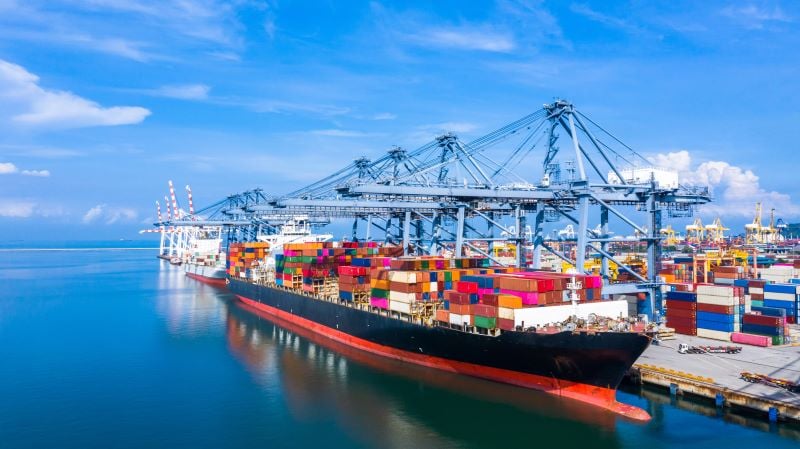Energy saving claims scrutinised as short-term measures loom

Fuel savings promised by energy efficient technologies may not lead to similar EEXI and CII improvements, experts have warned as shipowners prepare to comply with the new measures. CII reporting begins at 1 January 2023, with grading to be issued in 2024, while EEXI solutions need to be in place and the vessel’s EEXI technical file verified at its first International Air Pollution Prevention (IAPP) survey beginning 2023.
Speaking at a webinar organised by ICS, Arcsilea Principal Consultant Edwin Pang noted that fuel efficiency claims made by equipment manufacturers often refer to best case savings on propulsive efficiency only, at a single set of conditions. Pang demonstrated how a claim of 5% fuel savings from energy saving devices can equate to only a 3.5% improvement against the vessel’s EEXI reference line.
The impact of propulsion savings is even lower for CII ratings, which consider all energy used on the vessel. Pang explained that operational measures such as biofouling management, minimising idle time and speed optimisation are more effective than energy efficient technologies in improving CII rating.
Dalian Maritime University Associate Professor Dr Shuang Zhang highlighted “perverse incentives” arising from the current CII metrics. These come from the use of deadweight or gross tonnage as a proxy for cargo carried by a vessel, and because only activities which create sailing distance are counted as transport work. “Therefore a ship carrying less cargo and sailing on longer voyages with relatively lower port time will obtain a better CII,” she said.
Zhang advised shipowners to use some of the trial metrics contained within the CII measure, which could reflect operational efficiency better for some vessel segments.
ICS Technical Director Chris Waddington highlighted key deadlines for shipowners on short-term measures. Most urgent is the requirement for vessels to have their verified Ship Energy Efficiency Management Plan (SEEMP) Part III onboard by 31 December 2022. This includes an operational plan to reduce the vessel’s carbon intensity and annual CII rating requirements to 2025.
However, operators looking to install the most popular EEXI solutions (engine or shaft power limitation) in time to comply with the IAPP survey deadline are likely to struggle. Pang has warned that bottlenecks in equipment supply are already rife – and the situation may worsen in the future.
Related content

Sharing information on battery safety

Coal trade reshuffled amid energy crisis

Alternative fuels revolution an opportunity to boost trade resilience
